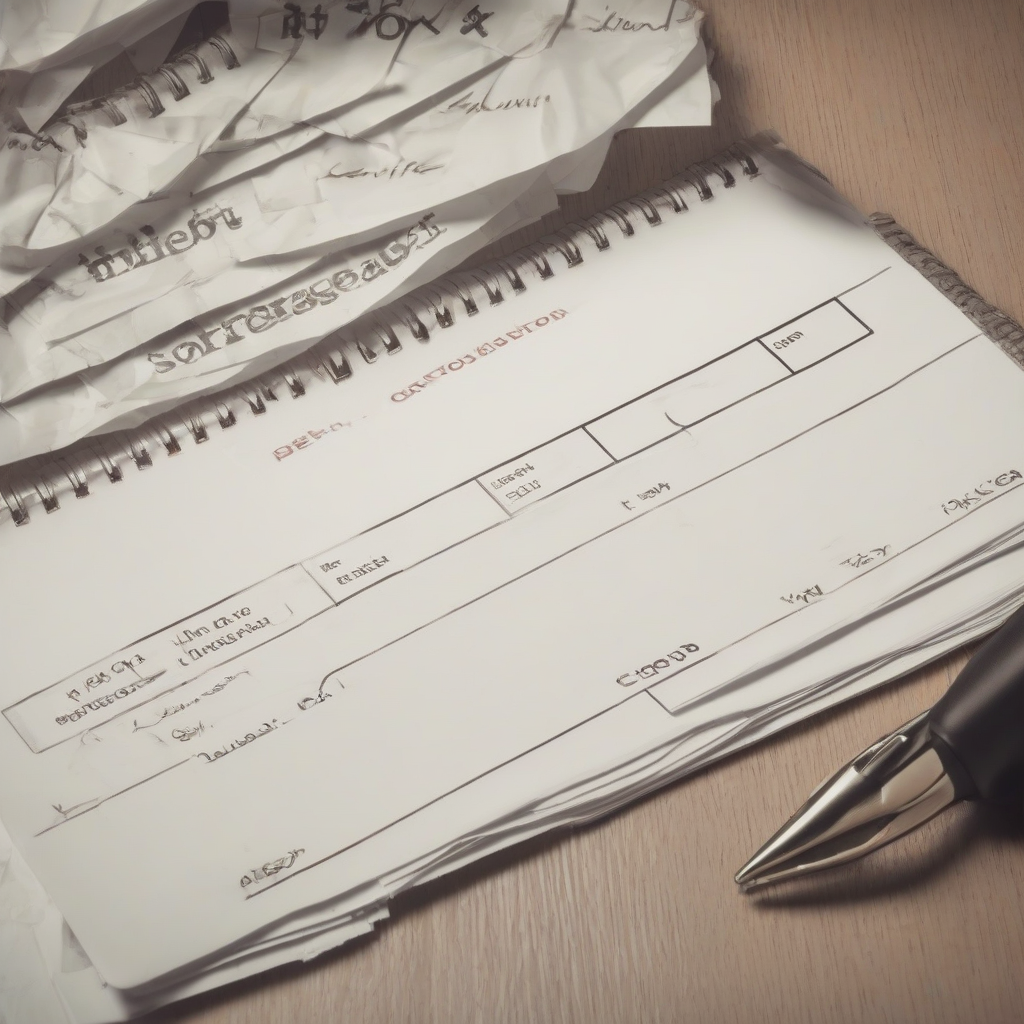Conquering $30,000 in Credit Card Debt: A Comprehensive Guide

Conquering $30,000 in Credit Card Debt: A Comprehensive Guide
Carrying $30,000 in credit card debt can feel overwhelming and suffocating. The high interest rates and mounting balances can create a sense of financial paralysis, leaving you wondering how you'll ever dig yourself out. But don't despair. While tackling such a significant debt requires dedication and effort, it's absolutely achievable.
This comprehensive guide provides a step-by-step roadmap to help you conquer your $30,000 credit card debt. We'll cover essential strategies, practical tips, and resources to empower you to regain control of your finances and achieve financial freedom.
Understanding the Problem: Why Credit Card Debt Matters
Credit card debt is a serious financial issue that can have far-reaching consequences. Here's why it's so important to address:
- High Interest Rates: Credit cards typically carry exorbitant interest rates, often exceeding 20%. This means you're paying a significant premium on top of your initial purchases, making the debt grow exponentially.
- Negative Impact on Credit Score: A high credit card balance can severely damage your credit score, making it harder to obtain loans, mortgages, or even qualify for certain jobs in the future.
- Financial Stress and Anxiety: Living with a large debt burden can lead to financial stress, anxiety, and sleeplessness, impacting your overall well-being.
- Limited Financial Flexibility: A significant chunk of your income may be going towards debt payments, leaving you with less money for other financial goals, such as saving for retirement or a down payment on a house.
Developing a Winning Strategy: Steps to Conquer $30,000 in Debt
1. Assess Your Debt Situation
The first step is to gain a clear understanding of your current debt situation. This involves:
- Gathering All Your Credit Card Statements: Compile a list of all your credit cards, including the balances, interest rates, and minimum payment amounts.
- Calculating Your Total Debt: Add up the balances on all your credit cards to determine your total debt.
- Analyzing Your Spending Habits: Identify the areas where you're spending the most and explore opportunities to cut back.
2. Set Clear Financial Goals
Once you have a grasp of your debt situation, set realistic and attainable financial goals. This could include:
- A Target Payoff Date: Determine a timeframe for paying off your debt, such as within two years or five years.
- A Monthly Payment Amount: Decide on a monthly payment amount you can comfortably afford while still meeting your other financial obligations.
3. Choose a Debt Reduction Strategy
There are various debt reduction strategies to consider, each with its pros and cons. Here are some popular options:
- Avalanche Method: This method involves focusing on paying down the debt with the highest interest rate first, while making minimum payments on other debts. It can help you save the most on interest charges in the long run.
- Snowball Method: This approach prioritizes paying off the smallest debt first, regardless of the interest rate. The psychological satisfaction of seeing a debt disappear quickly can provide motivation to keep going.
- Debt Consolidation: This strategy involves taking out a loan with a lower interest rate to pay off multiple credit cards. It can simplify your payments and reduce your overall interest burden.
4. Create a Realistic Budget
A well-structured budget is crucial for successfully managing your debt and sticking to your payment plan. Here's how to create one:
- Track Your Income and Expenses: Monitor your income and all your expenses for a month or two to get an accurate picture of your financial flow.
- Identify Non-Essential Expenses: Determine areas where you can cut back on spending, such as dining out, entertainment, or subscriptions.
- Prioritize Essential Expenses: Ensure you're allocating sufficient funds for essential expenses like housing, utilities, groceries, and transportation.
5. Increase Your Income
To accelerate your debt repayment journey, consider ways to increase your income. This could involve:
- Asking for a Raise: If you're performing well at your job, consider requesting a raise to boost your income.
- Taking on a Side Hustle: Explore opportunities to earn extra income through freelance work, online gigs, or part-time jobs.
- Selling Unneeded Items: Declutter your home and sell items you no longer need on online marketplaces or consignment shops.
6. Stay Disciplined and Consistent
Consistently making your debt payments on time is essential to staying on track. Here are some strategies to maintain discipline:
- Automate Your Payments: Set up automatic payments for your credit cards to avoid missing deadlines and late fees.
- Set Reminders: Use calendar reminders or app notifications to remind yourself of payment due dates.
- Stay Focused on Your Goals: Remind yourself why you're working so hard to pay off your debt, visualizing the freedom and financial security you'll achieve.
7. Seek Professional Help if Needed
Don't hesitate to seek help if you're struggling to manage your debt on your own. Consider these options:
- Credit Counseling Agencies: Non-profit credit counseling agencies can provide personalized guidance and support for managing your debt.
- Debt Consolidation Loans: Explore debt consolidation loans, but be cautious of potential high fees or predatory lenders.
- Bankruptcy: In rare circumstances, if you're facing overwhelming debt and unable to make payments, bankruptcy may be an option. However, it's a serious decision with significant legal and financial implications.
Important Considerations
- Don't Open New Credit Cards: Avoid opening new credit cards while you're working on paying off your existing debt, as it can increase your overall debt burden.
- Be Wary of Debt Settlement Companies: Be cautious of debt settlement companies that promise to negotiate lower balances with your creditors. These companies can often charge high fees and may not deliver on their promises.
- Stay Informed: Keep up-to-date on the latest debt management strategies, financial resources, and laws related to credit card debt.
Conclusion
Conquering $30,000 in credit card debt is a challenging but attainable goal. By following the steps outlined in this guide, you can take control of your finances, reduce your debt burden, and pave the way for a brighter financial future.
Remember, consistency, discipline, and a strategic approach are key to achieving your debt-free goals. Don't be afraid to seek help when needed, and celebrate every milestone you achieve along the way. You have the power to overcome your debt and build a stronger financial foundation for yourself and your family.
What's Your Reaction?
















